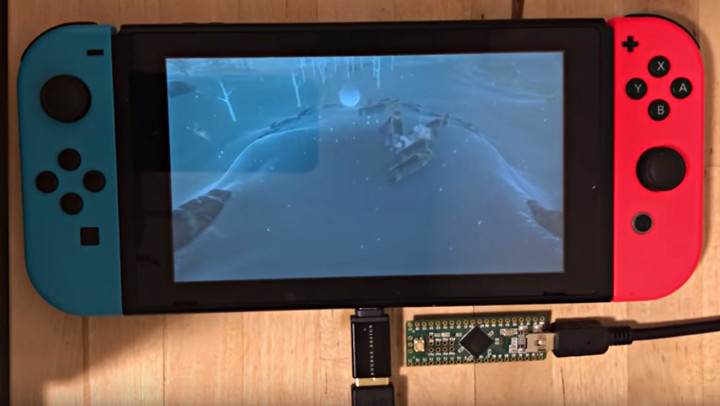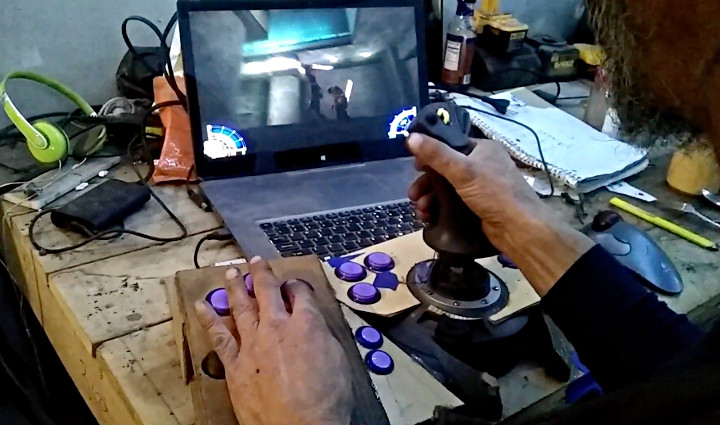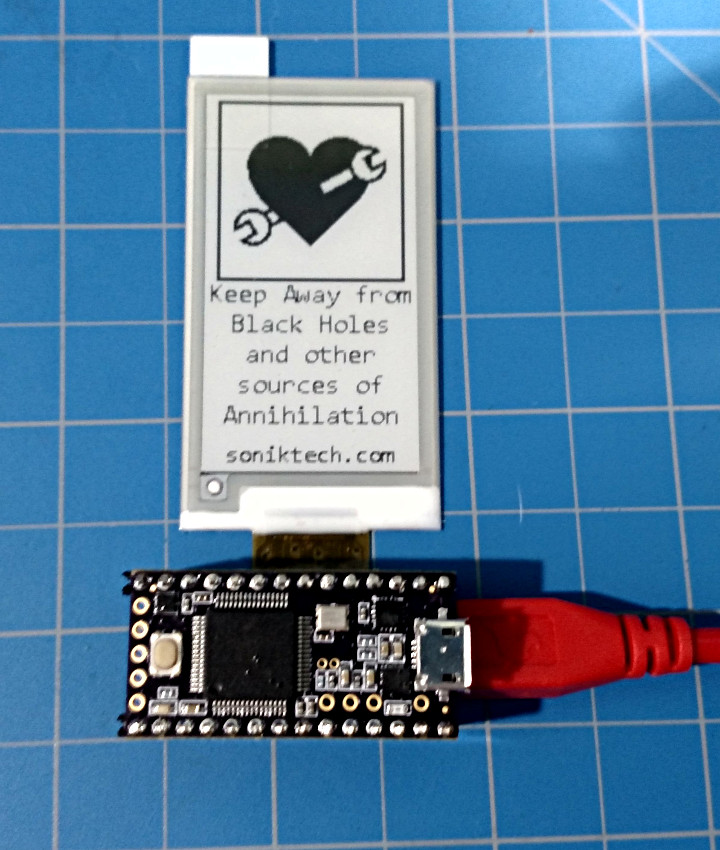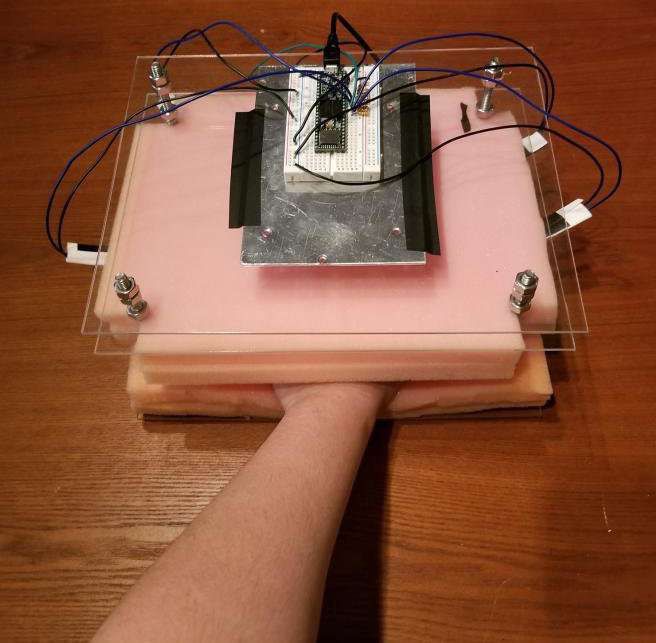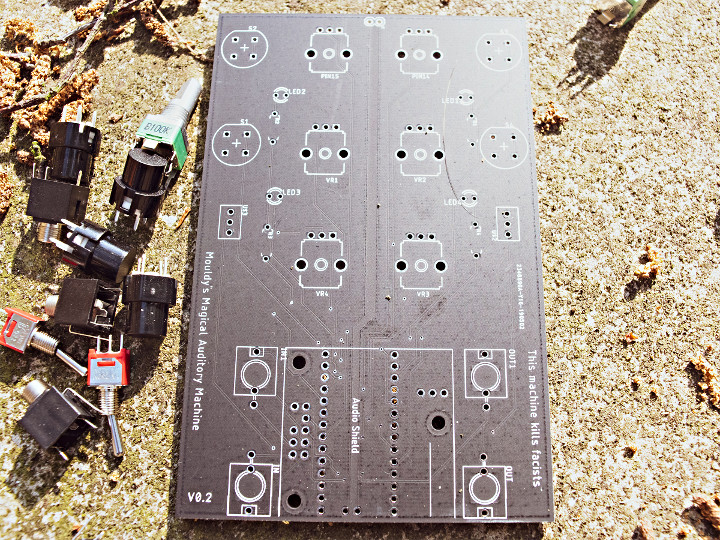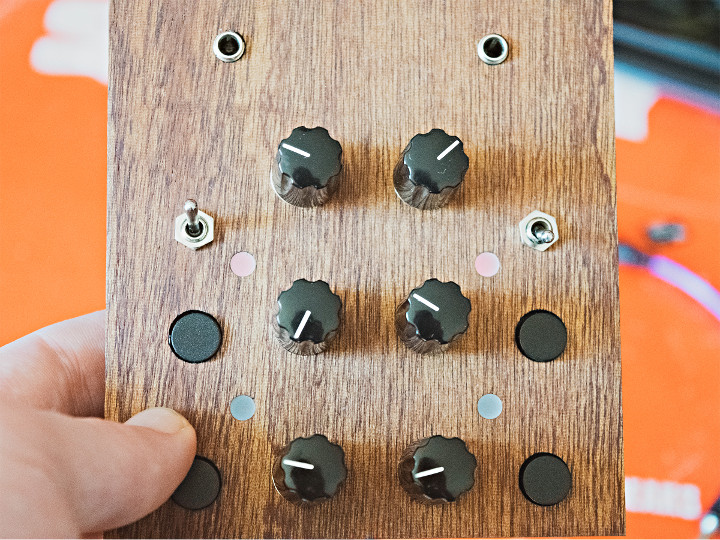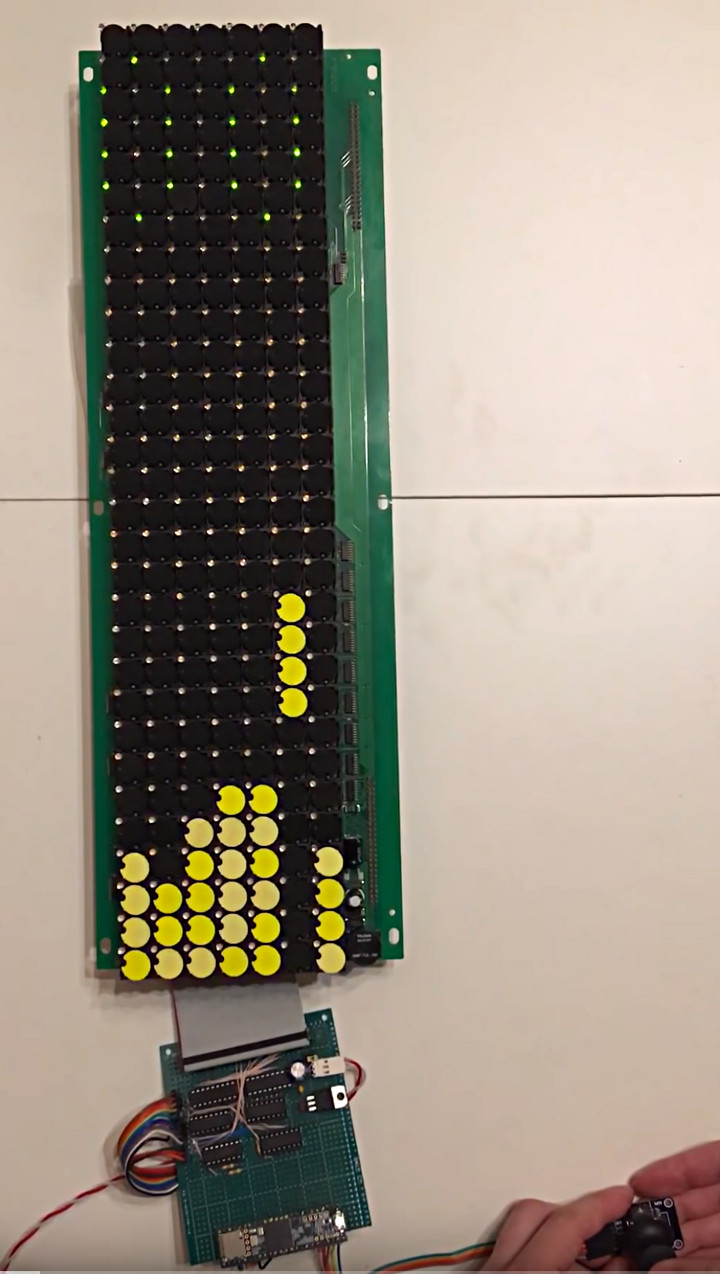Clovis Fritzen put together a data logger to collect information from his experiments.

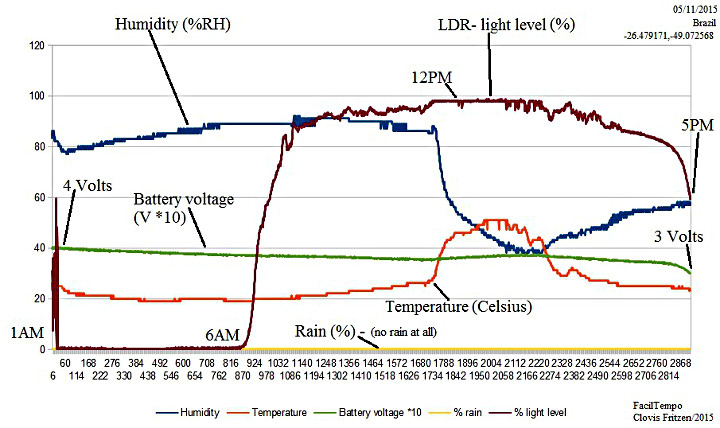
The goal of the project was to design an easy to use data logging device that features both analog and digital readings. The project started with a basic sketch to ready data from an analog input and store it to an SD card. Future ideas for the project include adding a small LCD screen and making the logging internal configurable.
Code for the project is available on GitHub.


